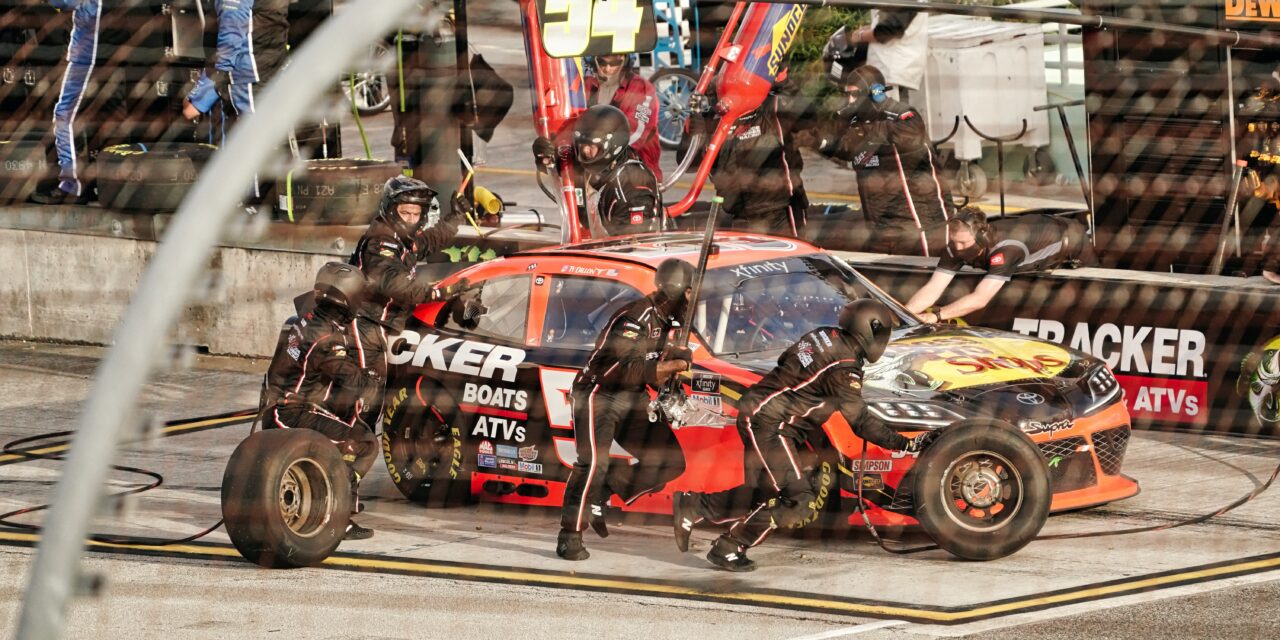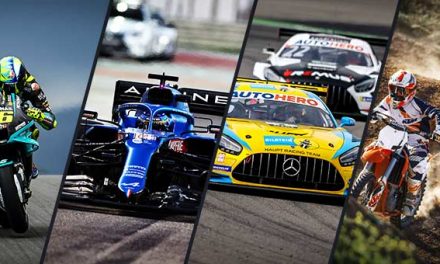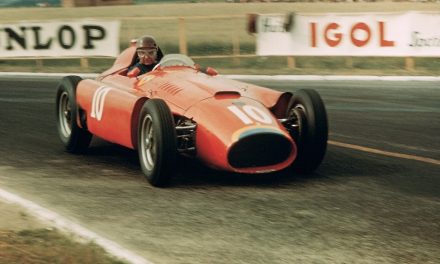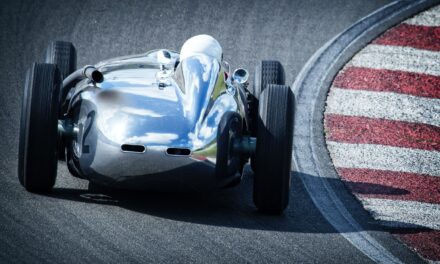In the high-octane world of motorsport, races aren’t just won on the track. Sometimes, they’re decided within the confines of the pit lane. While the roar of engines and the blur of speed capture our attention, it’s the pit stop that stands as one of the most critical elements in racing.
But what is it about these brief, frenetic moments that holds such importance?
History of the Pit Stop
In the early days of motorsport, pit stops were a necessary pause, a chance to refuel, change tyres, and carry out any essential maintenance. These stops were neither speedy nor strategic. However, as racing evolved, so did the significance of the pit stop. Teams began to realise that mere seconds saved in the pit lane could translate to significant advantages on the track.
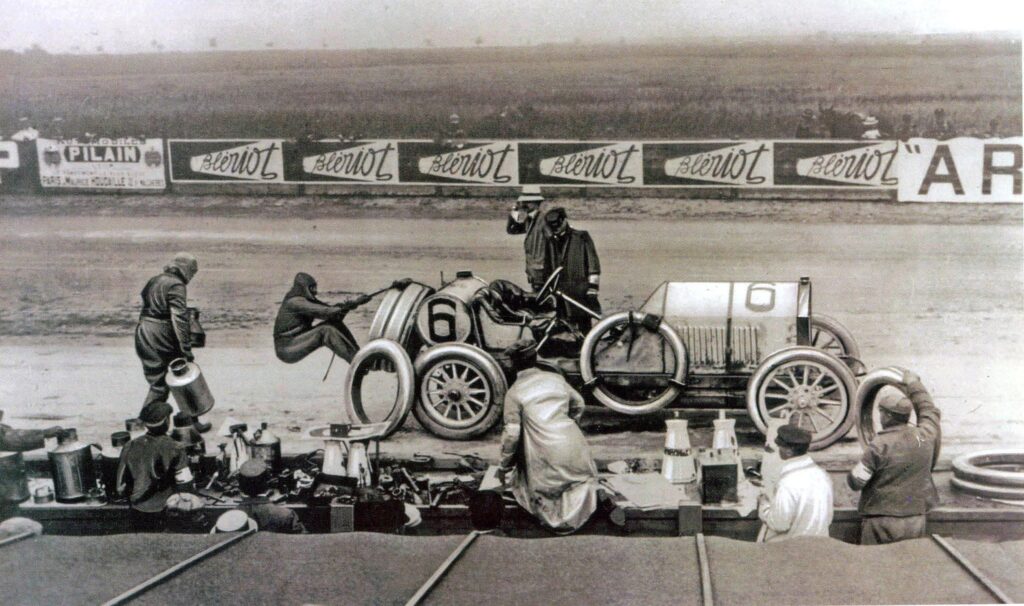
Anatomy of a Modern Pit Stop
Today’s Formula 1 pit stops are marvels of precision. A typical stop involves:
Refuelling
Removed from F1 for safety and strategic reasons, but still pivotal in many other racing series.
Tyre Change
All four wheels can be replaced in under 3 seconds by a well-drilled crew.
Adjustments
Minor changes to the car’s aerodynamics, such as wing adjustments, can be made to suit track conditions or combat issues the driver’s facing.
Inspection
A rapid once-over to identify any potential problems.
Strategy: It’s All About Timing
Choosing when to pit is a game of high-speed chess. Considerations include:
Tyre Wear
As tyres degrade, performance diminishes. It’s basic science involving friction. The challenge is in deciding whether the time gained on fresh rubber outweighs the time lost in a pit stop.
Traffic
Pitting might allow a driver to escape slower traffic or emerge in clear air, providing them with an advantage.
Weather
If rain is imminent, teams might delay their pit stops to switch directly to wet-weather tyres.
Undercut
Pitting before a rival in the hope that, on fresh tyres, you can put in some quick laps and “jump” them when they make their stop.
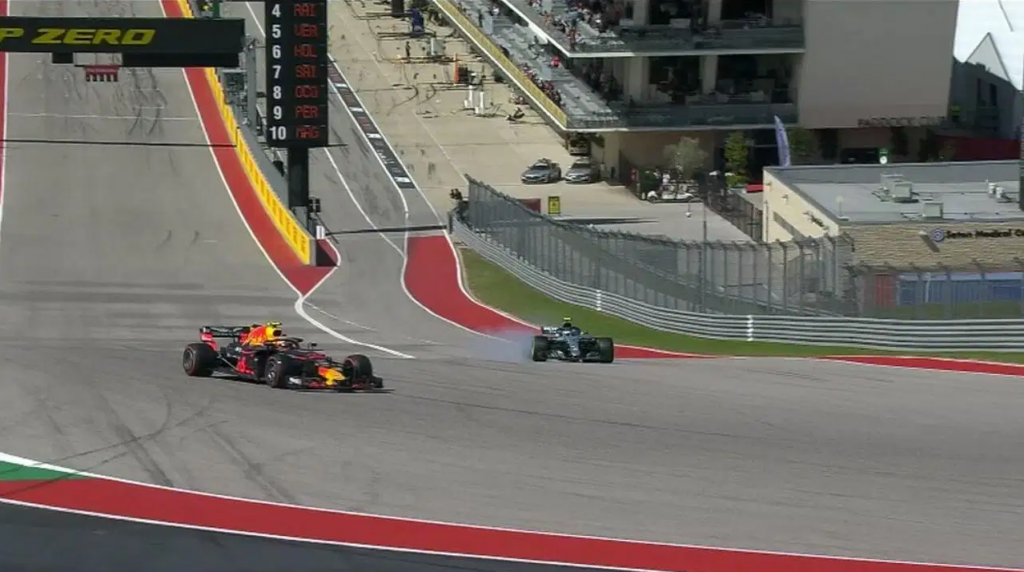
Challenges Faced During Pit Stops
A multitude of things can go wrong:
Human Error
It might only take a misaligned wheel gun or a fumbled tyre to cost a team the race.
Equipment Malfunction
Even with the best tools, technical hitches can occur.
Miscommunication
Incorrect tyre choices or a driver pitting unexpectedly can cause chaos.
External Factors
Incidents in the pit lane, like another car blocking an exit, can delay a stop.
Nuances That Make the Difference
Positioning
The car must stop precisely within its pit box. Misjudging by even a few centimetres can cost vital seconds.
Coordination
Each member of the over 20-person pit crew has a specific role. Their choreographed movements must be in perfect sync for optimum efficiency.
Adaptation
No two pit stops are the same. The crew must adapt to changing circumstances, from a damaged wing to an unplanned tyre change.
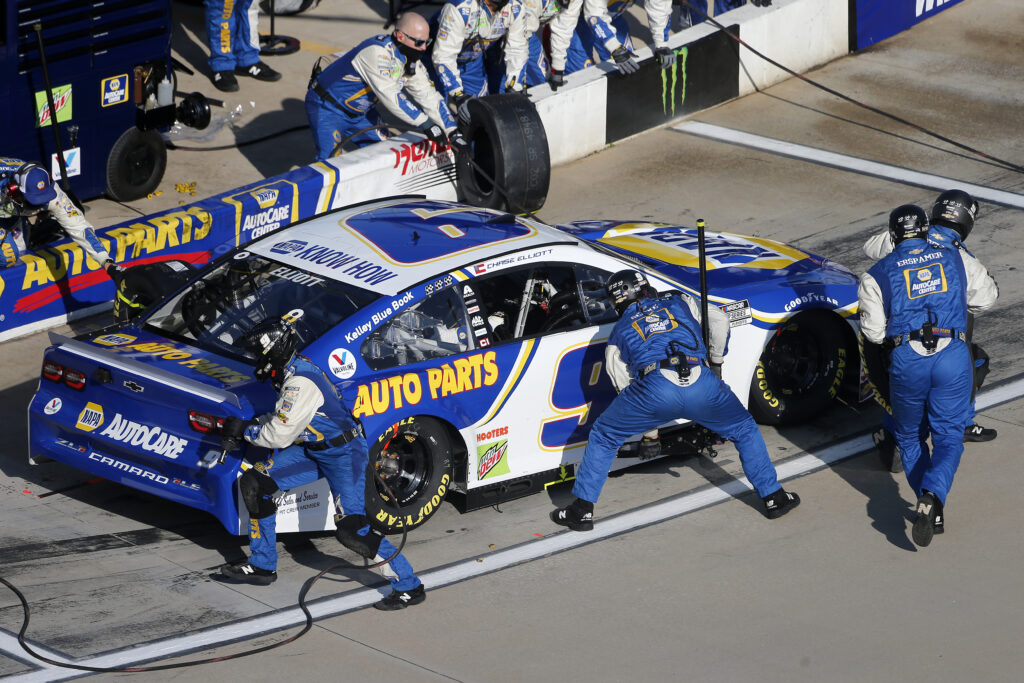
The Psychological Impact
Beyond the tangible time saved or lost, the pit stop plays a psychological role. A quick stop can boost a driver’s morale, giving them a mental edge. Conversely, a fumbled stop can be a significant blow, with the driver knowing they must claw back the lost time.
Future of Pit Stops
As technology evolves, so will pit procedures. We’ve already seen virtual reality being used for pit practice. Automated systems and AI may play a role in strategising and perfecting the pit process. However, the human element, with its unpredictability and potential for brilliance, will ensure pit stops remain a captivating part of the sport. Especially with the future of motorsports ever changing, like with the first flying car race that took place earlier this year.
In Conclusion
The pit stop is a dance, a performance, a strategic play, and a show of sheer skill—all rolled into one. It embodies the combination of individual skill and team effort that motorsport celebrates. And while the racers get the glory of the podium, it’s often their unsung colleagues in the pit lane who make victory possible.
The next time you watch a race, spare a thought for this intricate ballet—it’s truly an art form of its own.
For even more content based on the world of motorsports, click right here.

